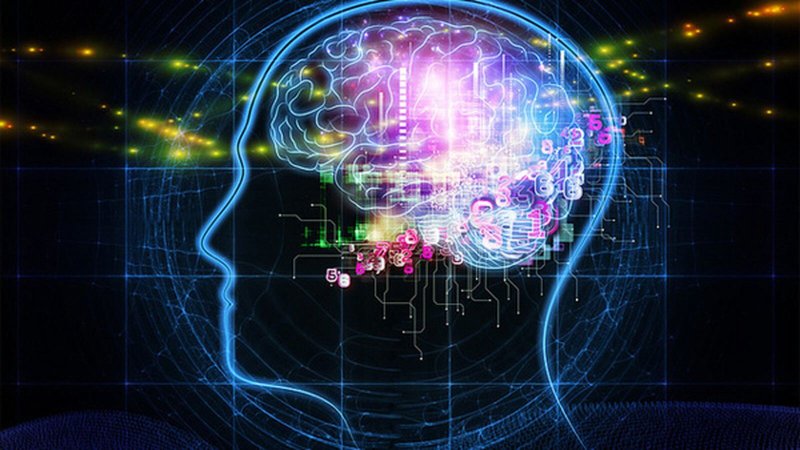“Do we have a chance of ever understanding brain function without brain simulations?” So asked the Human Brain Project (HBP), the brainchild of Henry Markram, in a new paper in the prestigious journal Neuron.
…
When viewed not as a vanity project, but rather as the way forward to understand—and eventually imitate—higher brain functions, the response to brain simulation is a resounding yes.
Because of the brain’s complexity and chaotic nature, the authors argue, rather than reining in simulation efforts, we need to ramp up and develop multiple “brain-simulation engines” with varying levels of detail.
These “general purpose” simulators, when distributed globally on a cloud-based platform, will not just provide neuroscientists with an indispensable tool to test their hypotheses about various functions in the brain—how we make decisions, memories, and emotions. They may be the crux in finally linking the individual components of human intelligence, neurons, to functional neural circuits, and finally, to behavior or even consciousness—that is, how our experience of “self” emerges from seemingly random chattering in millions of neurons.
Read full, original post: The Crucial Role of Brain Simulation in Future Neuroscience































